A violent storm opened the ground revealing to a farmer a village dating back to 5000 years ago

A native farmer from Scotland found himself in the right place at the right time! It was the year 1850 and after a violent storm that struck the Orkney Islands, the man found the constructions of a settlement dating back to the Neolithic period.
Therefore, it was by pure chance, that the ancient city of Skara Brae came to light, after centuries, where it had been buried under a few feet of soil. But let's look at this extraordinary story in more detail ...
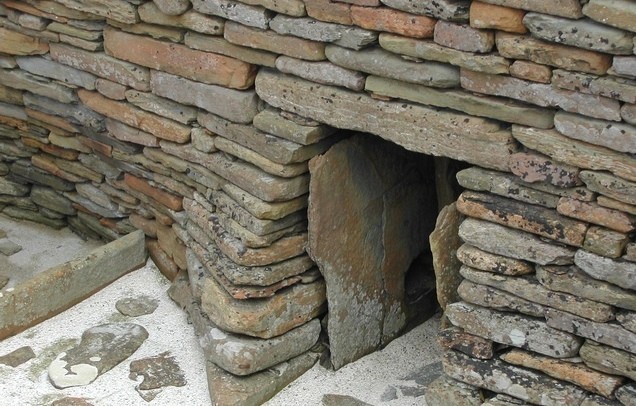
On a night in 1850, a storm struck the Orkney Islands, an archipelago located north of Scotland and thanks to that memorable thunderstorm, the buildings of a Neolithic settlement appeared from under the subsoil, leaving the inhabitants of the island completely stunned.
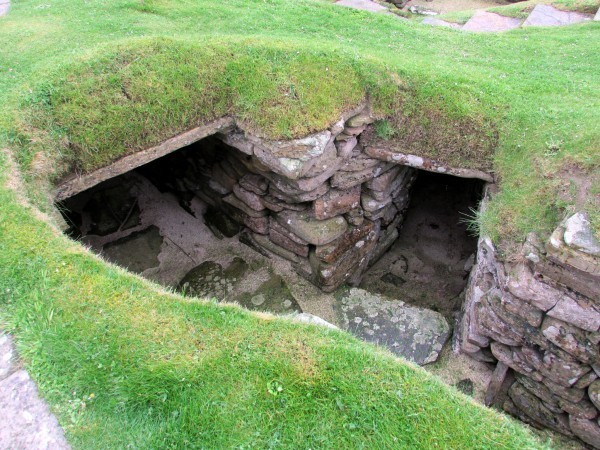
After a first analysis, it was discovered that this was the town of Skara Brae, a settlement that was 5000 years old. Thanks to the sediments that had prevented its detection until then, the buildings were in good condition.
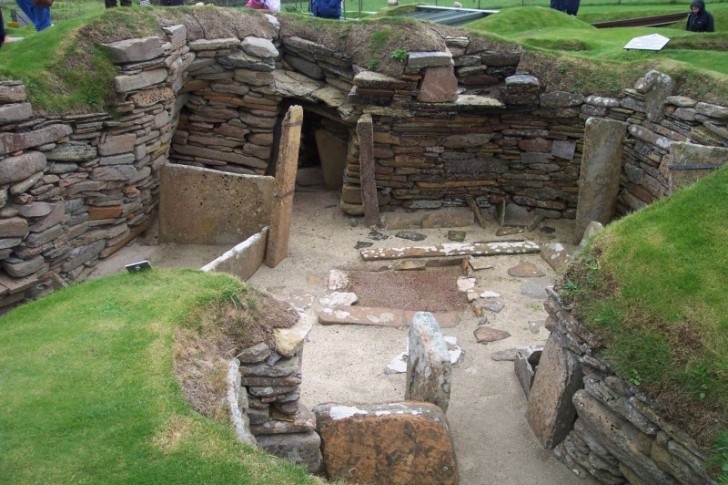
Dating back to 3100 BC, it is believed that the settlement was inhabited up to about 2500 BC. What happened in that year? Experts argue that residents were forced to leave the village probably to escape from a violent storm, paradoxically similar to the one that allowed the Scottish farmer to discover the site!
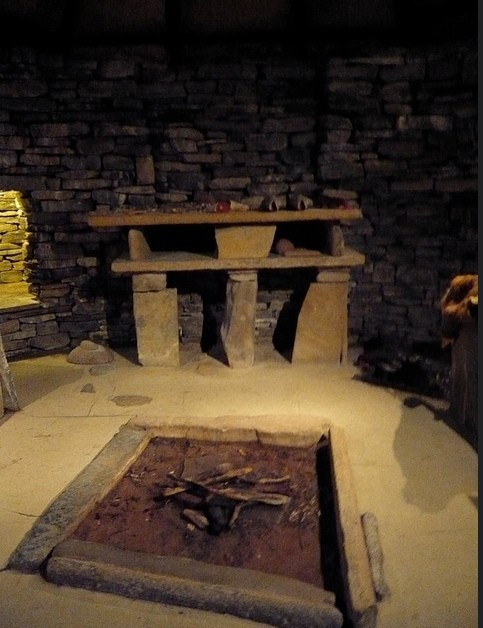
The houses were furnished in stone and had beds, wardrobes, chairs, and storage areas. There was accommodation for no more than 100 people, which helped to create a functional drainage system that may have served as an early form of toilet facilities.

The settlements were populated by farmers and fishermen, but also by skilled craftsmen, able to work with bones, stones, and to create exquisitely decorated crockery.
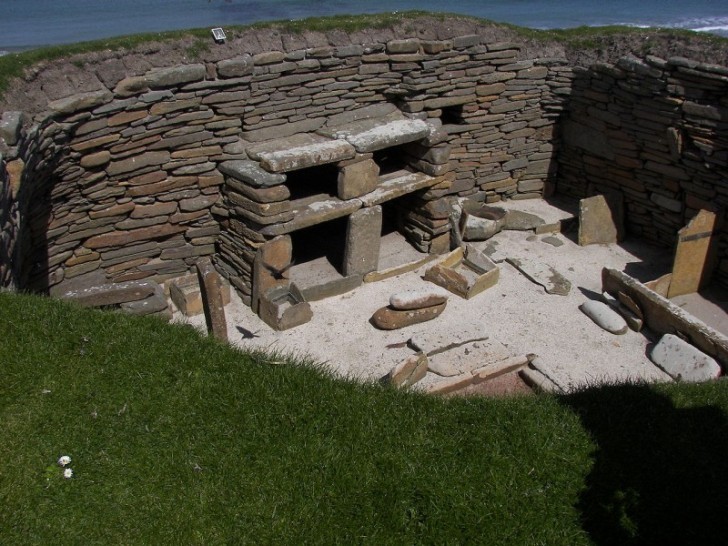
Regarding their social structure, all the houses found were furnished and similar to each other. This fact suggests that there were no citizens who were more important than others and that there was, therefore, no particular hierarchical stratification.

Each house was about 430 square feet (40 square meters), with a central oven for both cooking and heating. Given the scarcity of trees on the island, the inhabitants used the driftwood brought to their shores by sea storms, and whalebones to make the roofs of their homes, together with thatched seaweed or straw.
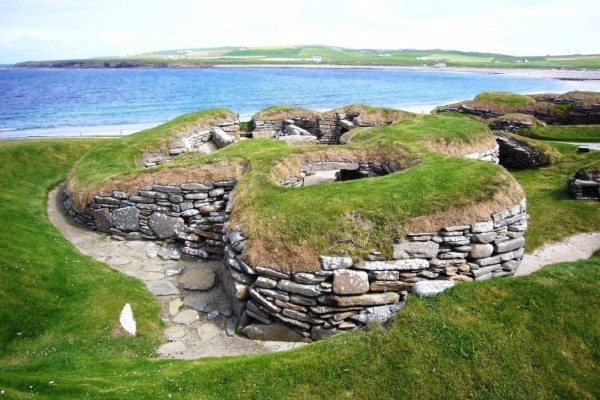
Established as a World Heritage Site in 1999, this archaeological site welcomes visitors and tourists from all over the world.
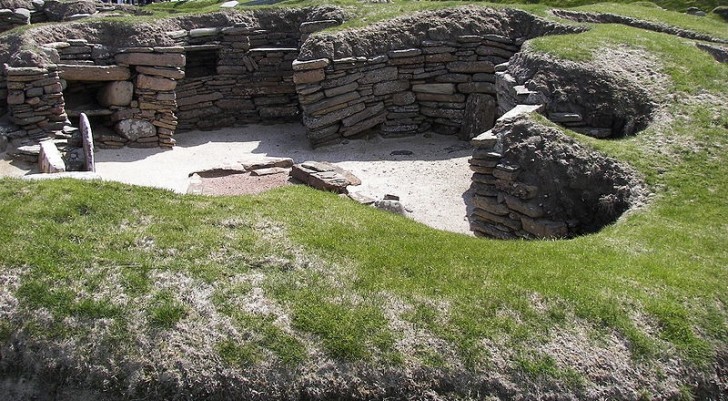
In addition, those who decide to visit the ancient city of Skara Brae will not only find archaeological remnants but also a spectacular panorama, as the settlements overlook the wonderful and enchanting Bay of Skaill beach.
In short, for those who want to go exploring ... Bon Voyage!





